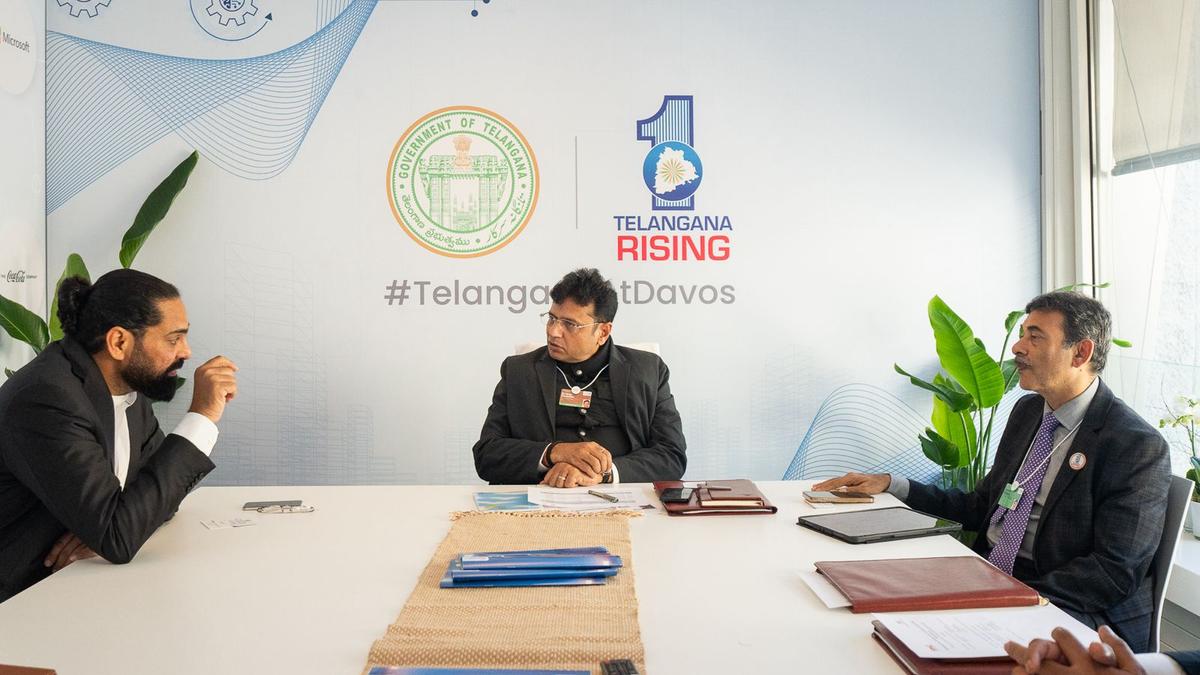The lack of interoperability is a major hurdle hindering the growth of the blockchain ecosystem. As long as blockchain networks remain fragmented, achieving a user experience (UX) robust enough to onboard one billion users to Web3 will remain a formidable challenge. The blockchain community recognises this issue, with developers actively building various protocols to address it. However, without unified interoperability standards, communication between different blockchains remains constrained. Prioritising collaboration over competition may be the key to finding a viable and long-lasting solution.
Understanding the Impact of Poor Blockchain Interoperability
Imagine a scenario where you have a busy day: you need to do groceries, buy a new phone, visit the doctor, take out a loan, and send money to a friend. In the traditional financial world, you can perform all these transactions using the same currency from the same bank account, making the process seamless and efficient. However, in the Web3 world, each blockchain serves different use cases, but moving assets between them is highly challenging. It is akin to paying with a different currency at each store you visit. Cross-chain asset transfers exist, but they come with fees, and security can never be guaranteed with 100% certainty.
This fragmentation negatively impacts decentralised applications (dApps) as well. When dApps are siloed on a single blockchain, they lose millions of potential users and significant revenue opportunities. The isolation of these applications leads to fragmented liquidity and increased slippage, which causes numerous problems for users. A more interconnected blockchain ecosystem would enhance user experience and unlock greater potential for dApps by allowing them to operate seamlessly across multiple networks.
Why True Interoperability Remains Elusive
In 2020, Vitalik Buterin, co-founder of Ethereum, highlighted the core issue of blockchain interoperability in a tweet, expressing his embarrassment over the inability to move without trust between major crypto ecosystems. Despite the development of numerous solutions since then, a genuinely interconnected decentralised space remains a distant dream.
The rise of multichain environments began in the 2010s with Cosmos, which aimed to build “the Internet of Blockchains.” Today, its ecosystem includes dozens of blockchains united by the Inter-Blockchain Communication Protocol (IBC), facilitating seamless data and value exchange. In the 2020s, another notable project, Polkadot, gained popularity. Polkadot is a multichain ecosystem where anyone can build custom parachains secured by the network’s Relay Chain. While significant, these ecosystems have not solved the primary communication problem between major Layer-1 blockchains like Bitcoin, Ethereum, and BNB Chain.
Cross-Chain Bridges: A Partial Solution
Cross-chain bridges offer infrastructure for transferring assets between different networks. Some bridges have significantly improved the UX in Web3, but security remains a major concern. Chainalysis has identified bridges as one of the top security risks in the cryptocurrency space. Moreover, bridges do not easily address the critical issue of deploying dApps across different networks. Developers must adapt smart contracts to each blockchain’s unique requirements and conduct rigorous security testing, which is essential but complex and time-consuming.
Simplifying Multichain Development
To address these interoperability issues, Ferrum Network leverages an interoperable Layer-1 (L1) execution network powered by Quantum Portal, a multichain messaging engine. This engine allows developers to build multichain dApps using a “build once – deploy everywhere” approach. Quantum Portal and its related smart contracts maintain the state of multiple connected blockchains, with Ferrum serving as the settlement chain relaying cross-chain messages. Since Ferrum’s mainnet is secured by Bitcoin, all cross-chain messages are protected by Bitcoin’s robust security mechanisms. This setup ensures that transactions from any connected L1 or L2 blockchain utilise the native security features of that blockchain. In contrast, inter-chain transactions, which typically present higher risks, are secured by the highly reliable Bitcoin network through Ferrum’s infrastructure.
Developing Interoperability Standards: The Need for Collaboration
Despite the progress made by various projects, no single solution can serve as a panacea for all interoperability challenges. Interest in building multichain infrastructure has grown significantly, with developers and investors dedicating substantial resources to it. Different teams approach the interoperability problem through diverse methods, such as interoperability protocols, bridges, data structures, and APIs. This diversity is natural in any emerging field, but it also means that blockchains do not truly communicate with each other, leading to redundant efforts and inefficiencies.
A standard for inter-blockchain communication would greatly simplify the process for developers and users, eliminating the need to learn new tools each time they engage with multichain environments. Developing such a standard requires broad acceptance within the blockchain community, and prioritising collaboration over competition is essential for this to happen.
At Ferrum Labs, we aim to unite diverse blockchain ecosystems through a shared vision. We hope to bring together typically competing organisations to build a more interconnected and decentralised world by fostering collaboration. A unified approach to interoperability can pave the way for seamless blockchain communication, ultimately driving the adoption and growth of Web3.
The Road Ahead
The future of blockchain interoperability lies in the collective efforts of the community to establish common standards and frameworks. As we continue to innovate and develop new solutions, it is crucial to remember that the ultimate goal is to create a seamless and efficient ecosystem that benefits all users. Collaboration, rather than competition, will be the driving force behind this transformation.
At Ferrum Labs, we are committed to contributing to this vision by developing technologies that promote interoperability and enhance the overall user experience. Our efforts are focused on creating a blockchain ecosystem where interactions between different networks are as seamless and secure as using a single chain.



:quality(85):upscale()/2025/01/21/935/n/1922507/1bb76df3679011223c7564.17630251_.png)



